|
Carlos knows some good sites around the area for both birds and butterflies so we took a taxi with him this morning to an area of farmland a few miles inland. It was a large grazed field with quite a bit of scrub. The grass itself was rather too short for many butterflies as it was being grazed by cattle. At one point we suddenly came across a very large bull with very long pointed horns and had to retreat slowly till we were out of view. This breed can apparently be a little unpredictable sometimes so it's best to err on the side of caution. There were plenty of Mexican Fritillary Euptoieta hegesia including females that were laying on tiny plants growing in almost bare ground. Most butterflies were either taking moisture on a patch of damp ground or nectaring on the scattered Lantana bushes. We spent ten minutes trying to photograph a Poey's Swallowtail Heraclides caiguanabus without a lot of success as it spent such a short time at each flower. Nice close views of a pair of Cuban Tody was a pleasant distraction. We decided to try somewhere else on the coast a little to the north-west but on the way we stopped by the road at a tree where Carlos said he had recently seen a Cuban Knight Anole Anolis equestris. This species is quite large and males grow up to about a foot (300mm) long. The tree was close to the road and it was there low down - what a fantastic creature! They exhibit thermo-regulatory behaviour whereby early in the day they sunbathe in the crown of the tree but by mid-day when it it becomes very hot they head down the trunk and spend time in the cooler shade a few feet from the ground. They are omnivorous feeding on fruit, insects and small vertebrates. We then headed to Pesquero on the coast and next to one of the hotels was a bare ground area which looked as if it was ear-marked for development. There were quite a lot of flowers along one side and we quickly found a Eufala Skipper Lerodea eufala. This species likes arid areas like this and is distinguished from Three-spotted Skipper Cymaenes tripunctus by the pale underside colouration and shorter antennae which are typically about 40% of the length of the forewing compared to C. tripunctus in which they are about 65% of the length of the forewing. Another good find here was another Hawk-moth Sphingidae larva, as yet unidentified but I'm working on it... Later back at our hotel we found that some of the Lime Swallowtail larvae Papilio demoleus had moulted to the next instar and looked completely different. Whereas before the strategy was to resemble a bird dropping, they now had a green leaf colouration.
0 Comments
Leave a Reply. |
Welcome to our Blog
Here we will post interesting news about what we and others have seen in Cuba. Archives
July 2024
Categories |
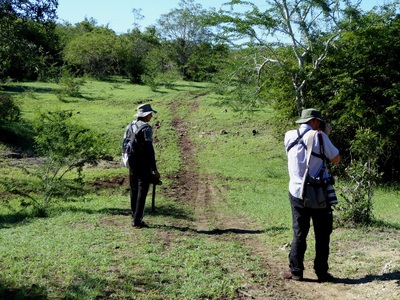
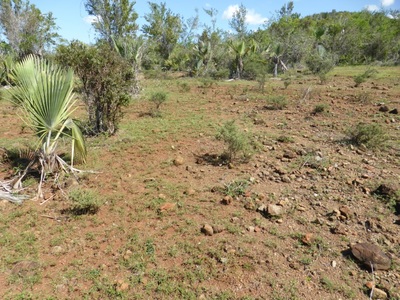
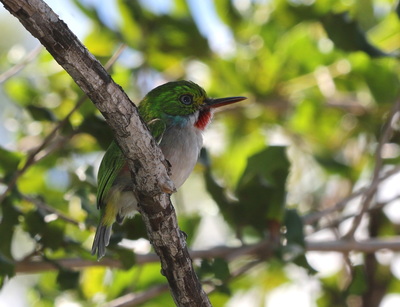
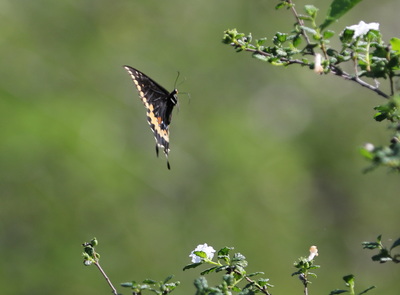
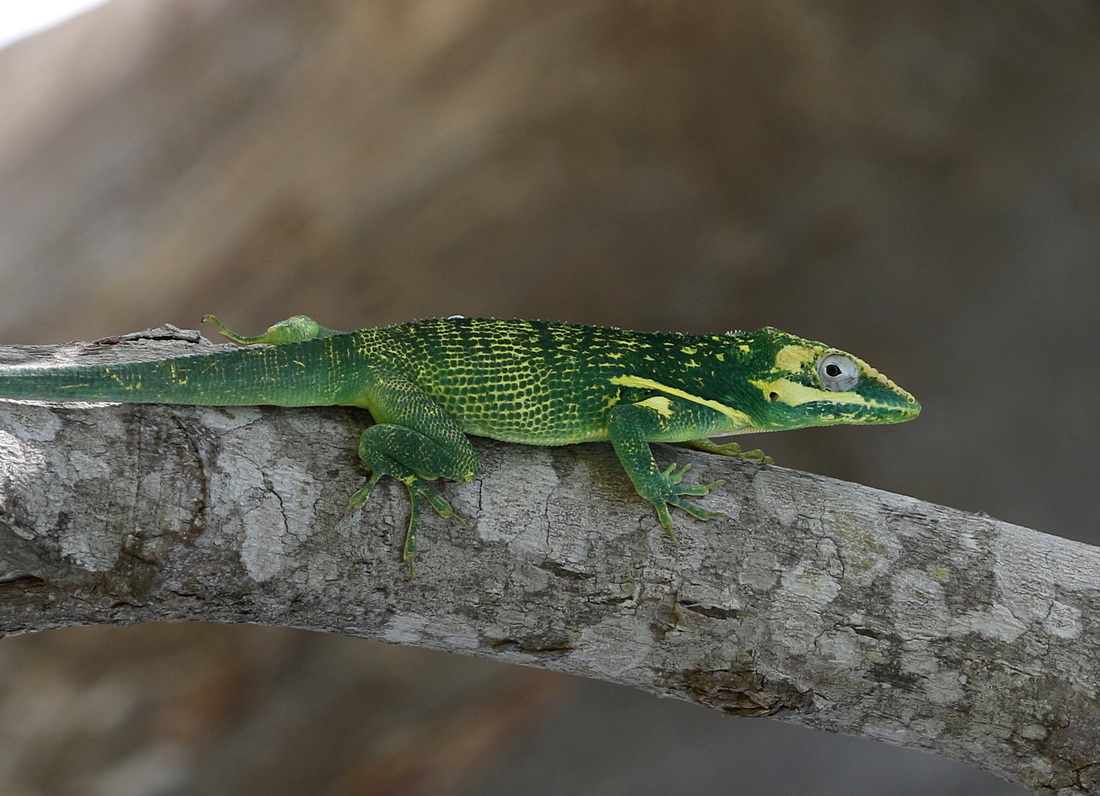
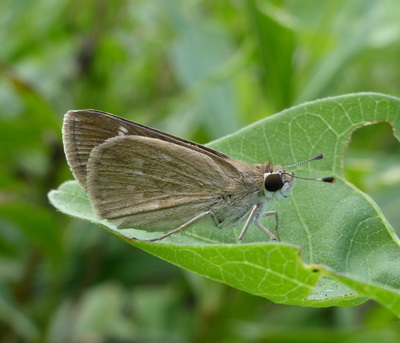
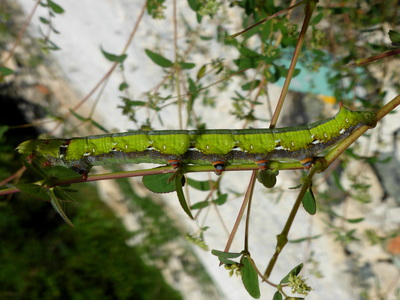
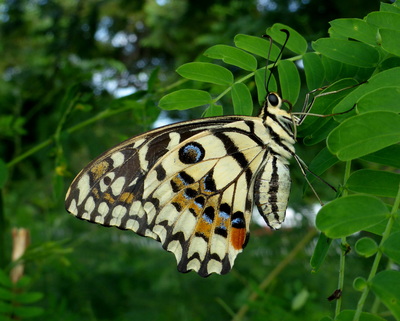
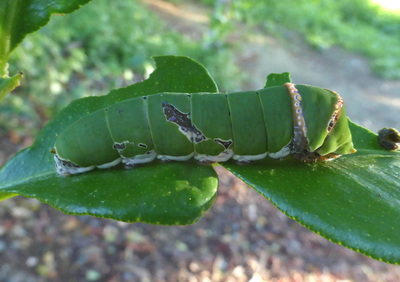

 RSS Feed
RSS Feed